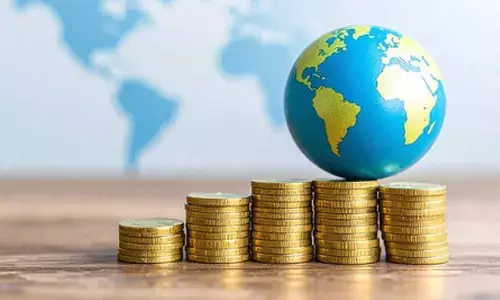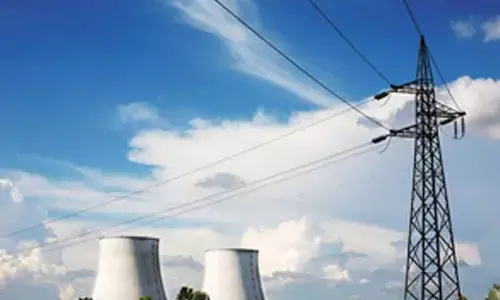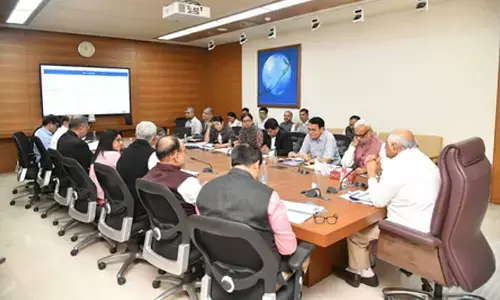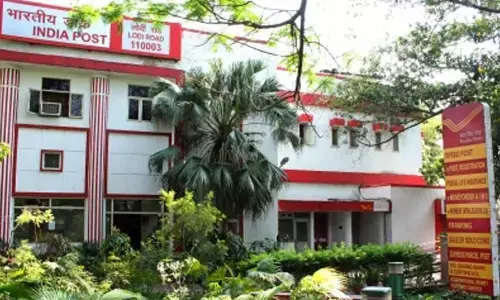FDI inflows register 1st decline in six years
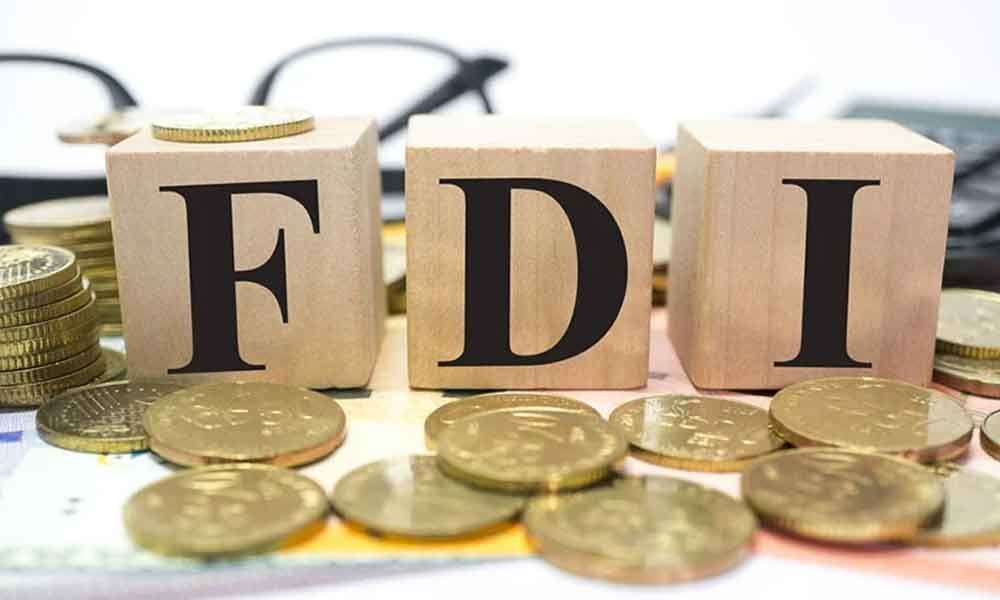
FDI into telecommunication, construction development, pharmaceuticals and power sectors decline significantly in 2018-19
New Delhi: Foreign direct investment (FDI) in India declined for the first time in the last six years in 2018-19, falling by 1 per cent to $44.37 billion as overseas fund inflows subsided in telecom, pharma and other sectors, official data showed.
According to the latest data of the Department for Promotion of Industry and Internal Trade (DPIIT), FDI in 2017-18 was a record $44.85 billion.
Last time it was in 2012-13 when foreign inflows had registered a contraction of 36 per cent to $22.42 billion compared to $35.12 billion in 2011-12.
Since 2012-13, the inflows had been continuously growing and reached a record high in 2017-18.
According to the data, FDI inflows in telecommunication, construction development, pharmaceuticals and power sectors declined significantly in 2018-19.
Foreign direct investment in telecommunication dropped to $2.67 billion in 2018-19 from $6.21 billion in 2017-18, in construction development to $213 million ($540 million), in pharmaceuticals to $266 million ($1 billion) and in the power sector to $1.1 billion ($1.62 billion).
Sectors that recorded a growth in FDI includes services ($9.15 billion), computer software and hardware ($6.41 billion), trading ($4.46 billion), and automobile ($2.62 billion).
Further, Singapore has replaced Mauritius as the top source of foreign investment into India in the last fiscal, accounting for $16.22 billion inflows. India has received $8 billion FDI from Mauritius.
The other major investors in the country includes Japan, the Netherlands, the UK, the US, Germany, Cyprus, the UAE and France.
FDI is important as India would require huge investments in the coming years to overhaul its infrastructure sector to boost growth.
Decline in foreign inflows could put pressure on the country's balance of payments and may also impact the value of the rupee.










